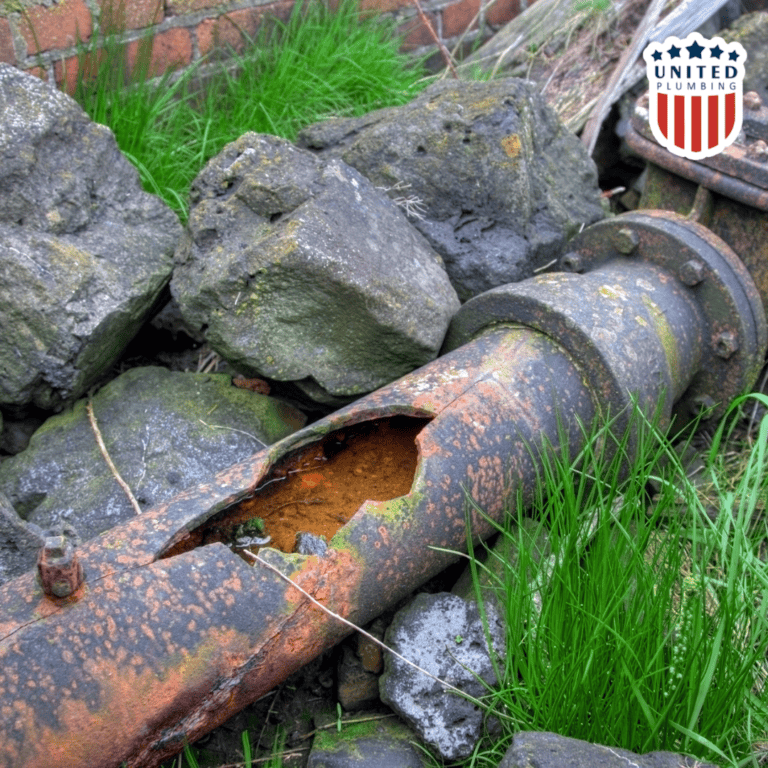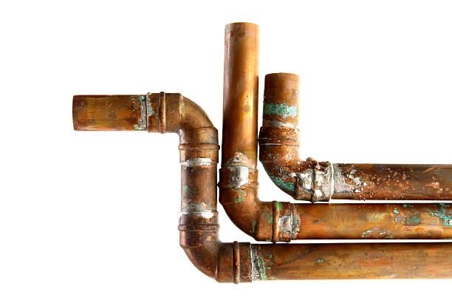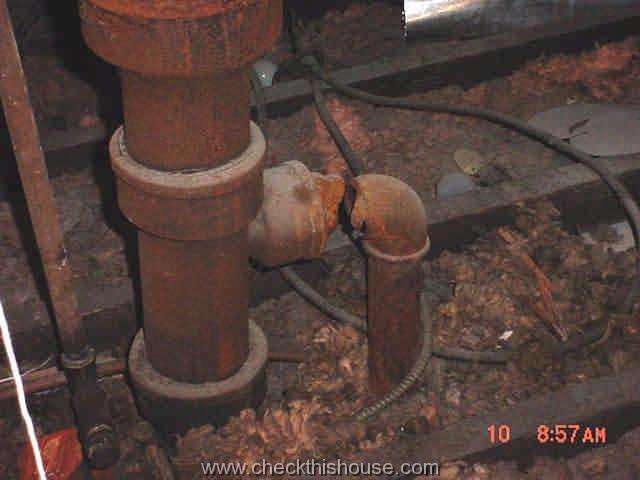Common Plumbing Issues in Old Houses

Old houses often come with unique charm and character, but they also bring a set of plumbing challenges that homeowners need to be aware of. Understanding these common issues can help in maintaining the plumbing system effectively and avoiding costly repairs.
Common Plumbing Problems

| Issue | Description | Causes | Solutions |
|---|---|---|---|
| Leaky Pipes | Pipes that drip or leak water, causing damage and increased water bills. | Corrosion, worn-out seals, or loose joints | Replace pipes, tighten joints, use sealant |
| Low Water Pressure | Reduced flow of water from taps and showers. | Pipe blockages, leaks, or outdated pipes | Clean pipes, fix leaks, upgrade plumbing |
| Clogged Drains | Slow or blocked drainage causing backups and unpleasant odors. | Hair, grease buildup, foreign objects | Use drain cleaners, snake drains, professional cleaning |
| Rusty or Corroded Pipes | Pipes showing rust or corrosion, leading to leaks and water contamination. | Age, water quality, metal type | Replace with modern materials like PVC or PEX |
| Faulty Water Heater | Inconsistent water temperature or no hot water. | Sediment buildup, old unit, thermostat issues | Flush heater, repair or replace unit |
Why Old Houses Are Prone to Plumbing Issues
- Aging Infrastructure: Pipes and fixtures deteriorate over time, especially if made from outdated materials like galvanized steel.
- Outdated Materials: Older plumbing systems often use materials that are no longer considered safe or efficient.
- Wear and Tear: Continuous use over decades leads to natural degradation.
- Lack of Maintenance: Previous owners may have neglected regular upkeep.
Tips for Maintaining Plumbing in Old Houses
- Schedule regular inspections by a licensed plumber.
- Replace old pipes with modern, durable materials.
- Avoid chemical drain cleaners that can damage pipes.
- Install water softeners if hard water is an issue.
- Insulate pipes to prevent freezing in cold climates.
Frequently Asked Questions (FAQ)
Q1: How can I tell if my pipes are corroded?
Look for discoloration, rust stains on fixtures, or water that appears brownish.
Q2: What should I do if I have low water pressure?
Check for leaks, clean faucet aerators, and consider pipe replacement if the problem persists.
Q3: Are DIY plumbing repairs advisable in old houses?
Minor fixes can be done, but due to the complexity and age of the system, professional help is recommended.
Q4: How often should plumbing be inspected in an old house?
At least once a year to catch issues early and maintain system integrity.
Maintaining the plumbing system in an old house requires attention to detail and proactive care. By understanding common issues and taking preventive measures, homeowners can preserve the charm of their homes while ensuring functional and safe plumbing.
